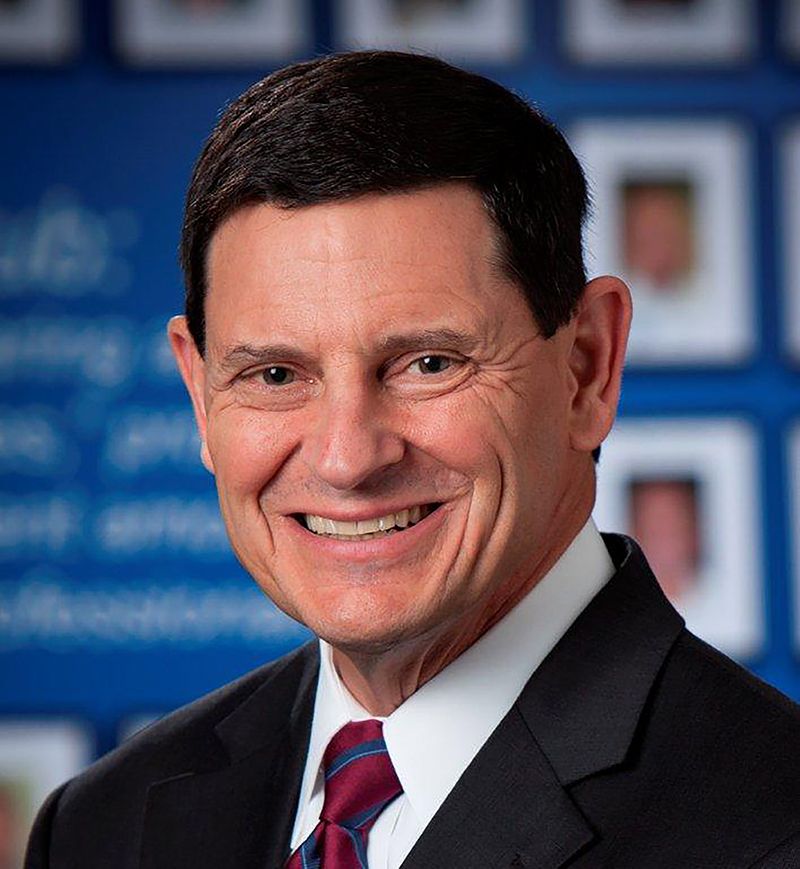Every year, more than 1,000 of the world’s top sales, leadership and management professionals gather in Orlando for what we call the Sandler Sales & Leadership Summit, where we network, share ideas, celebrate each other’s successes and participate in sessions led by top Sandler training professionals from the United States and around the world.
The Summit is augmented by a series of virtual summits to support sales professionals, at all levels of their careers. The virtual summit in September, for instance, featured a host of critical, easy-to-implement takeaways designed to help salespeople and sales leaders hit their revenue targets. Here are four highlights from that event:
Prospecting: Leveraging Technology to Engage, Not Hide
True sales professionals communicate with a purpose: to connect on a personal level so they can talk about adding value to the lives of others. They want buyers, and prospective buyers, to see them, hear them and interact with them. And these days, applications like Twitter, Instagram, Facebook and Linkedin have plenty to offer both groups.
On the other hand, amateurs tend to use today’s communications technology to distract themselves, so they can avoid feelings of rejection they often get from prospects. They use technology to avoid having difficult face-to-face conversations with those customers and prospects.
It’s on us to use the right tools during those “pay-time” hours that should be dedicated to selling and prospecting, the ones that will allow us to engage better and communicate better with individual clients. We should be leveraging technology to connect and not hide behind our communication tools.
Selling: Controlling the Sales Process
How do you know when you are in control of your sales process? The simplest answer is: If you recommend the next step in your process and the client agrees to it so the discussion can continue.
Why would you invest time in a relationship where you’re not maintaining control of your process?
Just as a doctor controls the conversation with a patient, you will want to set the priorities, and the agenda, during your conversations with prospective buyers. You’ll want to ask lots of questions to diagnose not only what the client needs (which may not be what they think they need) but also what resources are available to solve the problem.
Customer Service: Remove the Drama from the Sales/Service Relationship
It’s the uncomfortable, inescapable reality that sales and service teams often treat each other as roadblocks instead of partners or customers. Effective sales leaders look at this problem holistically. They know that clients and customers are usually only as happy as their most recent handoff. That means sales and service need to be in sync. They make sure that sales and service have an in-depth knowledge of each other’s roles and understand how they integrate.
Leadership: Make Superhero Syndrome a Thing of the Past
Superhero Syndrome is a sickness that keeps sales teams from performing optimally and all but guarantees burnout. Perhaps you’ve advanced from being a successful salesperson to being a sales leader. At this point in your career, it’s all too easy to fall victim to Superhero Syndrome:
• Feeling like you should be the expert at everything.
• Reluctance to cede control of decision-making to subordinates.
• Accepting short-term problem-solving over the long-term benefit of developing problem-solving skills in others.
• Not asking peers and direct reports for help in identifying specific areas where you can improve as a leader.
Ask for honest, real-world feedback proactively. Sales teams appreciate leaders who aren’t afraid to ask: “What can I do better for you?” or “How can we support your career growth?” Simply asking questions like these is a major step away from Superhero Syndrome. It means you know it’s OK not to have all the answers.
Lessons such as these—and dozens more—emanate from two full days of collaboration and best practices designed to elevate your organization and strengthen your sales force into a resilient, self-accountable team. This year’s Summit is March 16-17 in Orlando; to learn how to attend—either in person or virtually—contact me, below. ♦
Jim Marshall is owner, and president, of Sandler Training of Tampa Bay, which provides sales, corporate and management training to high-achieving companies and individuals. Contact him at 813.287.1500 or [email protected].













